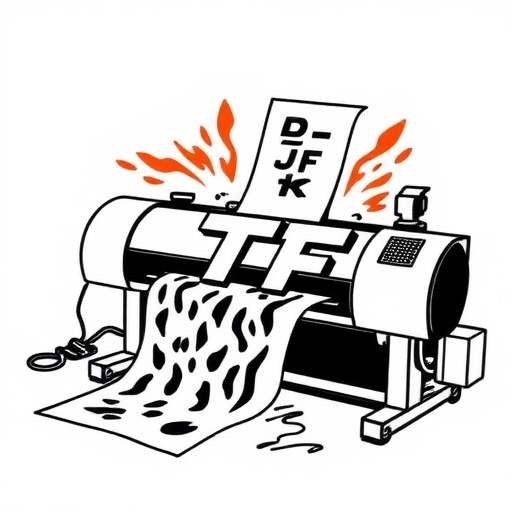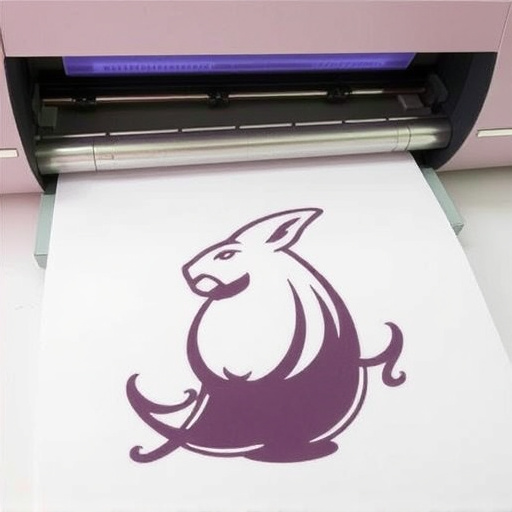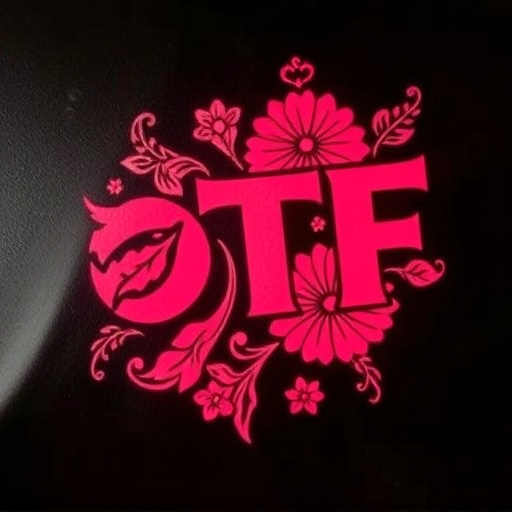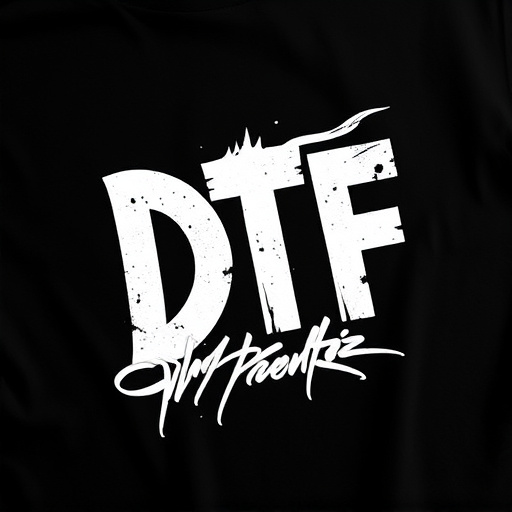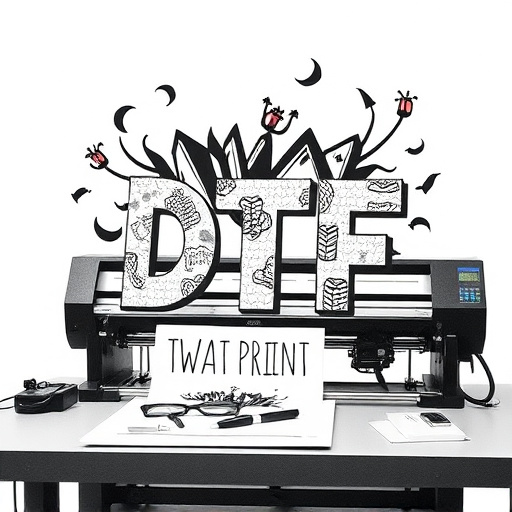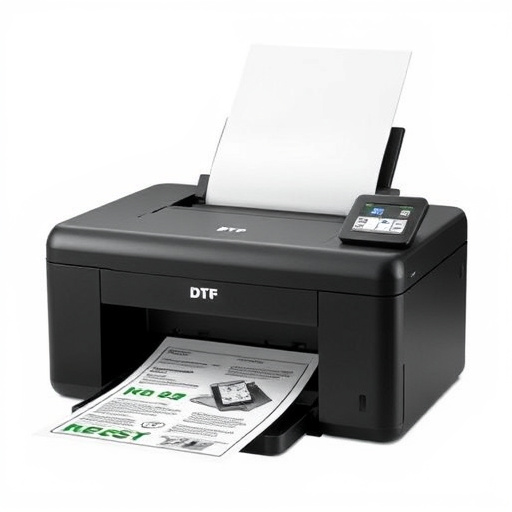Incorrect application techniques and film choices can lead to DTF Hot Peel Film failures. Adhering to manufacturer guidelines for preheating, pressure, and time is vital for professional results. Safety practices, including protective gear and ventilation, are essential to avoid burns and respiratory issues during printing on various materials.
“Uncovering the Pitfalls: Navigating Common Mistakes When Using DTF Hot Peel Film. From misunderstanding application techniques to selecting the incorrect peel film for your project, these errors can lead to suboptimal results and safety hazards. This article delves into these misconceptions, offering insights on best practices. Learn how to avoid mistakes like improper use of chemicals, inadequate preparation, and overlooking safety precautions when working with DTF Hot Peel Film to ensure a seamless, secure peeling process.”
- Misunderstanding Application Techniques: Common Mistakes to Avoid
- Choosing the Wrong Peel Film for Your Project
- Neglecting Safety Precautions with DTF Hot Peel Films
Misunderstanding Application Techniques: Common Mistakes to Avoid
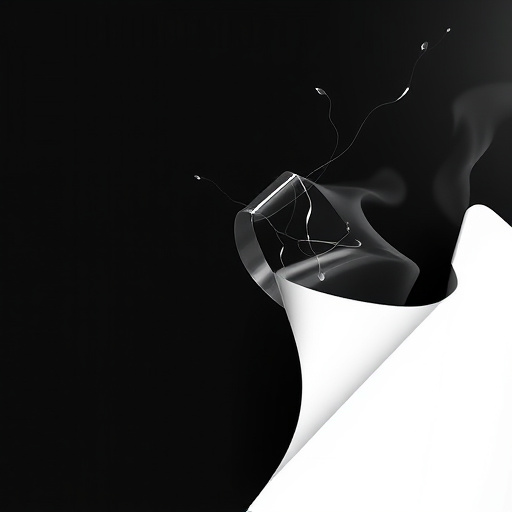
Many users make the mistake of believing that DTF Hot Peel Film is a one-size-fits-all solution for their heat pressing needs. While it’s incredibly versatile, understanding the nuances of its application techniques is key to achieving professional results. Common errors include not preheating garments properly, which can lead to poor adhesion and unfinished transfers. Always ensure your fabric is clean, dry, and at the recommended temperature before applying the film.
Another frequent blunder is using excessive force or trying to rush the application process. DTF Hot Peel Film requires gentle, even pressure for optimal transfer. Take your time, follow the manufacturer’s guidelines, and be patient – this will prevent bubbles, creases, or misaligned designs when heat pressing custom sheets onto garments with a heat press. Remember, precision and care during application are essential to preserving the integrity of your DTF transfers.
Choosing the Wrong Peel Film for Your Project

Choosing the wrong DTF Hot Peel Film for your project can lead to disastrous results, causing issues during the printing and application process. It’s crucial to select a film that aligns with your specific needs and the nature of your design. Each DTF printer and garment type requires a tailored approach; for instance, a film suitable for custom sheets used in heat pressing designs onto garments might not be compatible with DTG printing for hoodies.
Different films offer varying levels of adhesion, flexibility, and durability, so understanding your project requirements is essential. Using the wrong peel film can result in designs that don’t transfer properly, leading to unsightly smudges or missing areas on the final product. Therefore, take the time to research and choose a film designed for your specific DTF printing application.
Neglecting Safety Precautions with DTF Hot Peel Films

Using DTF Hot Peel Film for custom DTF transfer sheets and designs on items like custom t-shirts or hoodies offers a unique, efficient printing method. However, it’s crucial to prioritize safety when working with this technology. Many users neglect essential precautions, leading to potential hazards. For instance, improper handling of the hot film can cause severe burns; always wear protective gloves and clothing to mitigate these risks. Additionally, inadequate ventilation in work areas can result in inhaling harmful fumes from the peeling process. Ensure proper air circulation or use a well-ventilated space to prevent respiratory issues.
Neglecting safety guidelines not only poses health risks but may also void warranties and render equipment inefficient. Users should familiarize themselves with manufacturer instructions, including recommended protective gear and safe working practices. Regular maintenance and cleaning of the film application system are equally vital to ensure optimal performance and prolonged equipment lifespan, especially when printing on diverse materials like DTF printing for hoodies.
When using DTF Hot Peel Film, understanding common mistakes and safety precautions is essential to achieving optimal results. By avoiding misapplications, selecting the right film for your project, and adhering to safety protocols, you can enhance efficiency and ensure a successful outcome. Remember, proper technique and caution are key to navigating the world of DTF Hot Peel Film without encountering frustrating pitfalls.


